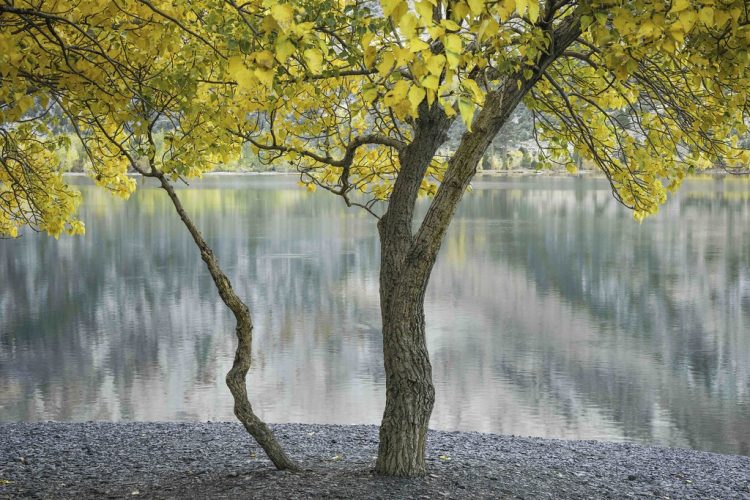Bringing Hope & Action to Our Earth Witness

Our co-housing community is on ranch land, much of which has been abandoned to wildlife. Our housing cluster is in the middle of this beautiful land. Unfortunately, there are several fence lines with rusted barbed wire presenting hazards to man and animals alike. One of my favorite meditations is to harvest that hazard for recycling. This summer, while avoiding getting stuck, I realized that I was grieving the state of the environment and immediately I knew what to do about it. Joanna Macy to the rescue!
Dr. Macy is in her mid-80s. She has become the guru of dealing with environmental grief. The subtitle of her latest book, Active Hope, says it well: “How to face the mess we’re in without going crazy.”
The book, written with British psychiatrist Chris Johnstone, presents a model for dealing with environmental grief. They recommend starting by expressing gratitude for what you have, then recognizing your grief for what is missing, seeing new possibilities with new eyes, and finally going forth with action.
Perhaps the most important step is to become aware of your grief. Dr. Macy feels that many of us carry a significant weight of grief but are unaware of it or don’t know what to do about it.
Environmental grief can be serious. A year and a half ago, I stood on the street corner with a Friend during our weekly peace demonstration. Frank and I exchanged the usual “how are you’s” and then settled into intermittent conversation. We had dinner together that evening. I felt no evidence that Frank was depressed, but a couple of weeks later he killed himself. Part of the cause of his depression was sadness over our environmental condition.
For me, going forth with action has been a key to my sanity. I recognize that we are fortunate to live in an amazing period of history, but I have serious concerns about the future we are leaving our progeny. I have sought, and found, new possibilities for improving our world. They include belonging to QEW, inventing a rip-stop condom, writing a newspaper column on the environment, and teaching a college class named, “People and the Planet.” Indeed, my activism has always helped me deal with my environmental grief.
Dr. Macy grew up intellectually during the era that defined cybernetics and wrote her doctoral thesis on Systems Theory and Buddhism (I would love to understand that relationship!). This helps explain why she chose the four-step model she describes in Active Hope. It follows the model of cybernetics, which was originally called “circular causal relationship.” In this model, one step provides corrections for the other steps in a circular fashion, creating a feedback loop. For some people, the four steps that Macy and her co-author describe are all necessary. I prefer a more streamlined approach.
Here is my simpler approach: recognize that we’re in a heap of trouble and then do something about it. That is why I harvest and recycle barbed wire. It is also why the Transition Town movement is so appealing.
But that simple two-step model doesn’t deal well with grief. Something more is needed when one recognizes that we are falling behind in our efforts to prevent planetary degradation. There are myriad uplifting stories in Active Hope that will provide models—and offer inspiration—for examples of action we can take.
One of my favorite examples of action is that of Ali Howard, who swam all 380 white-water miles of the Skeena River in Canada. She did this to bring attention to threats of drilling and fracking for gas in the Skeena’s headwaters.
Yes, Active Hope is a remedy for environmental sadness. Just knowing that you are not alone in experiencing this grief is a large step in the right direction. I get the feeling, however, that dealing with environmental grief will not be remembered as Joanna Macy’s greatest work. She also teaches the importance of cooperation rather than competition, the need to slow damage to the Earth and all its beings, and how a shift of consciousness is essential. Altogether, Macy refers to this work she calls The Great Turning, as “the essential adventure of our time: the shift from the industrial growth society to a life-sustaining civilization.”*
* Source of quote: http://www.joannamacy.net/talks-by-joanna/82-audio/254-joanna-on-seachange-radio.html

